RBI keeps interest rates unchanged; repo rate at 6.5% and CRR at 4%
Updated: Jun 07, 2016 06:03:14am
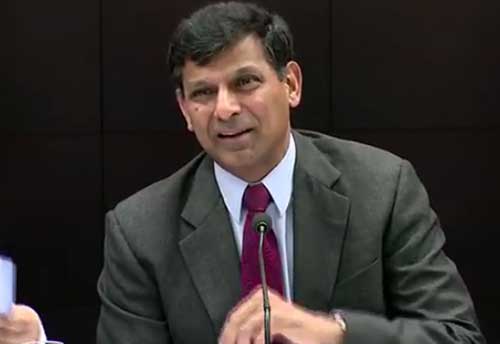
RBI keeps interest rates unchanged; repo rate at 6.5% and CRR at 4%
Mumbai, June 7 (KNN) The Reserve Bank of India (RBI) Governor Raghuram Rajan has kept the interest rates unchanged at its policy review. The repo rate was kept at 6.5 per cent while the Cash Reserve Ratio (CRR) was retailed at 4 per cent.
In the Second Bi-monthly Monetary Policy Statement, 2016-17, RBI decided to continue to provide liquidity as required but progressively lower the average ex ante liquidity deficit in the system from one per cent of NDTL to a position closer to neutrality.
In his statement, Rajan said, “Since the first bi-monthly statement of April 2016, global growth is uneven and struggling to gain traction. World trade remains muted in an environment of weak demand. In the United States, growth was slow once again in Q1 because of contracting industrial activity and exports.
Recent indicators of labour market activity have also weakened. In the Euro area, by contrast, Q1 GDP rose strongly on the back of robust consumer spending and recovering employment and business conditions. In Q2 so far, unemployment is falling, albeit slowly, and purchasing managers’ sentiment is upbeat. In Japan, growth surprised on the upside in Q1, with the economy escaping a technical recession, but industrial activity remains weak and deflationary pressures are building.”
While macroeconomic stability is returning to some emerging market economies (EMEs), geo-political tensions and high volatility in financial markets impede the resumption of momentum, and the outlook remains challenging.
“The recent uptick in commodity prices is providing some relief to commodity exporters but political events could unsettle investor sentiment and consequently, capital flows could turn volatile again. For commodity importers, net terms of trade gains are moderating,” he said.
Some high frequency indicators for April point to a firming recovery, although it is still uneven. Leading the upturn are cargo traffic at major ports, automobile sales (especially two-wheelers and three-wheelers), commercial vehicle sales, passenger air and freight traffic, cement production and steel consumption. Abstracting from seasonal effects, this suggests that the expansion, especially in the service sector, is getting broad-based.
On the other hand, railway freight traffic and passenger car sales have decelerated on sector-specific constraints. Purchasing managers in the services sector indicated slowing new business in May and subdued expectations of future activity, he added.
Exports declined for the seventeenth consecutive month in April in US dollar terms in spite of a modest increase in volume.
Rajan said the fall in crude oil prices led to lower export realisations from petroleum products (POL), although the volume of shipments of petroleum products is estimated to have picked up modestly. Among non-oil items, exports of gems and jewellery, drugs and pharmaceuticals, chemicals and electronic goods improved over their levels a year ago. By contrast, exports of engineering goods declined for the ninth straight month while readymade garments recorded a fall for the fourth successive month.
Domestic conditions for growth are improving gradually, mainly driven by consumption demand, which is expected to strengthen with a normal monsoon and the implementation of the Seventh Pay Commission award, he added.
More monetary transmission to support the revival of growth continues to be critical, said the apex bank chief. (KNN Bureau)


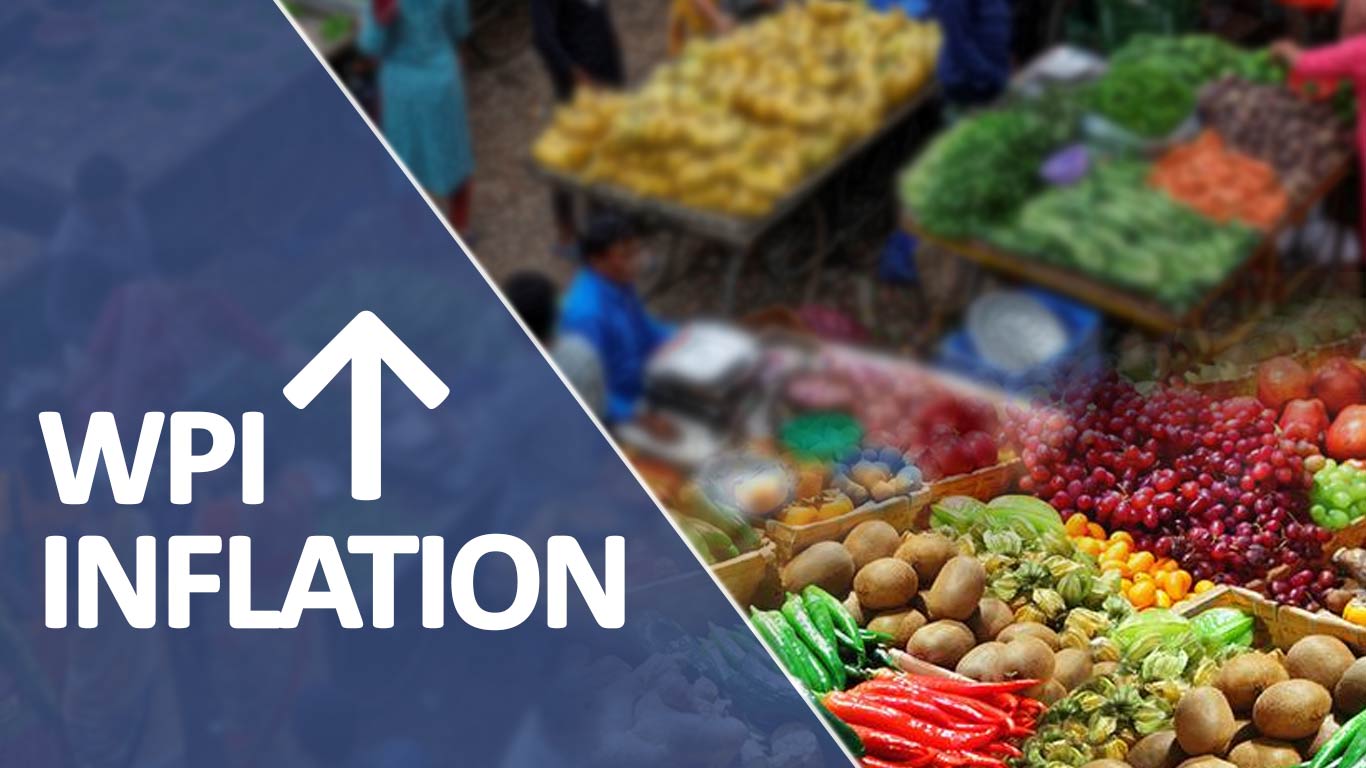
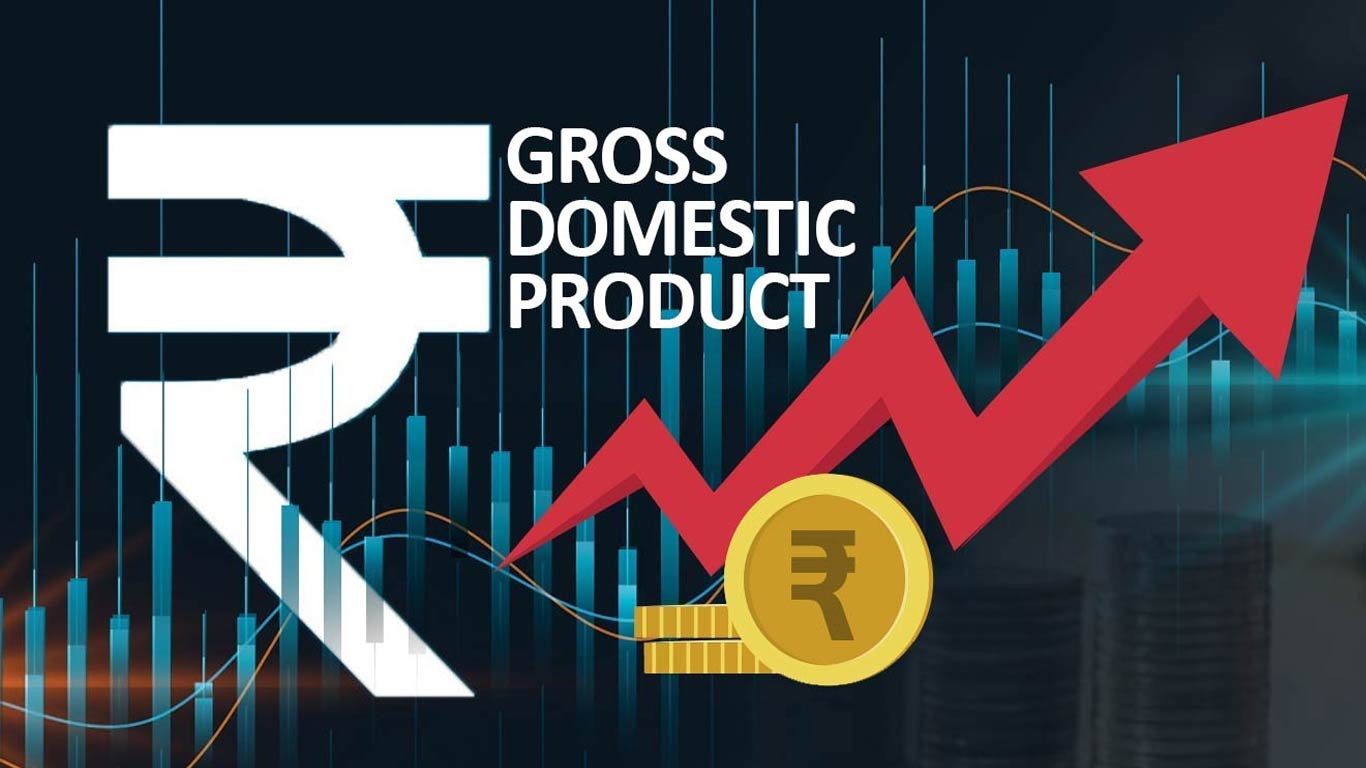
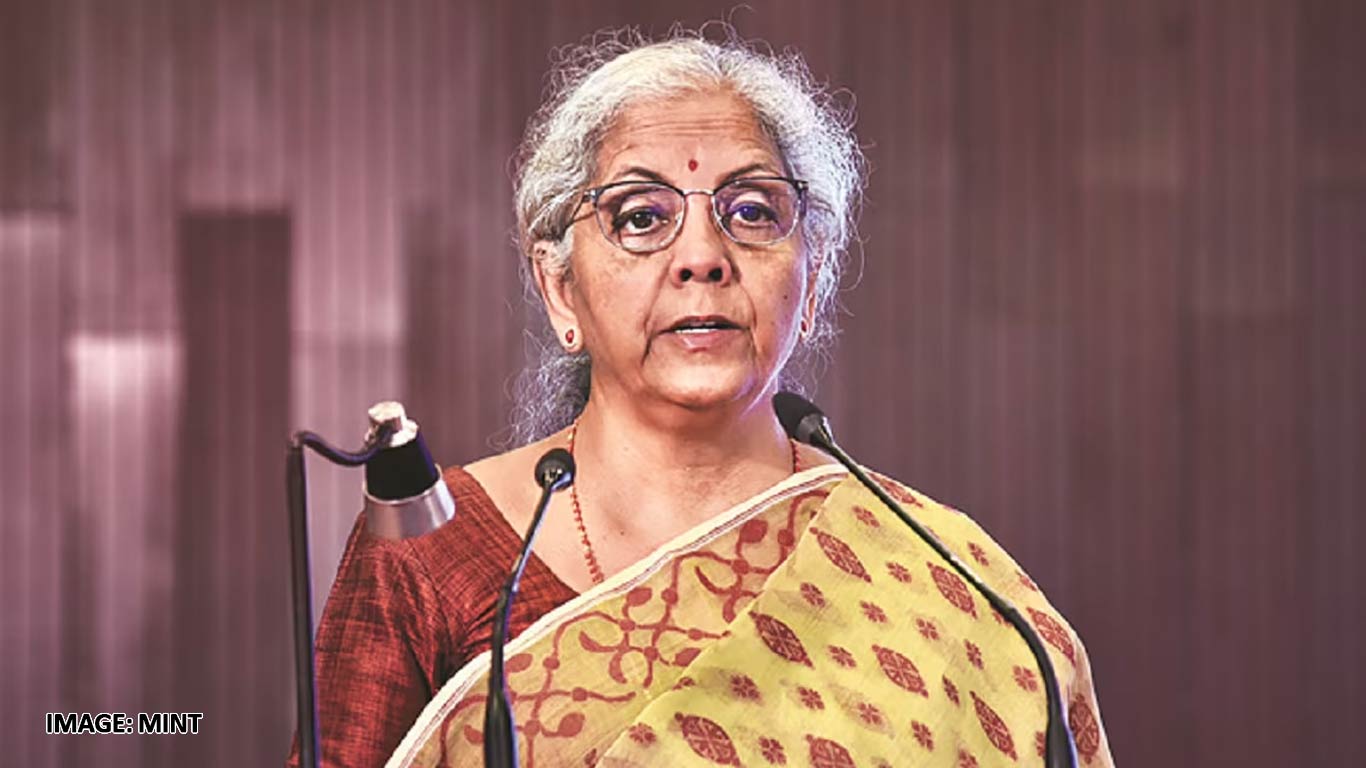
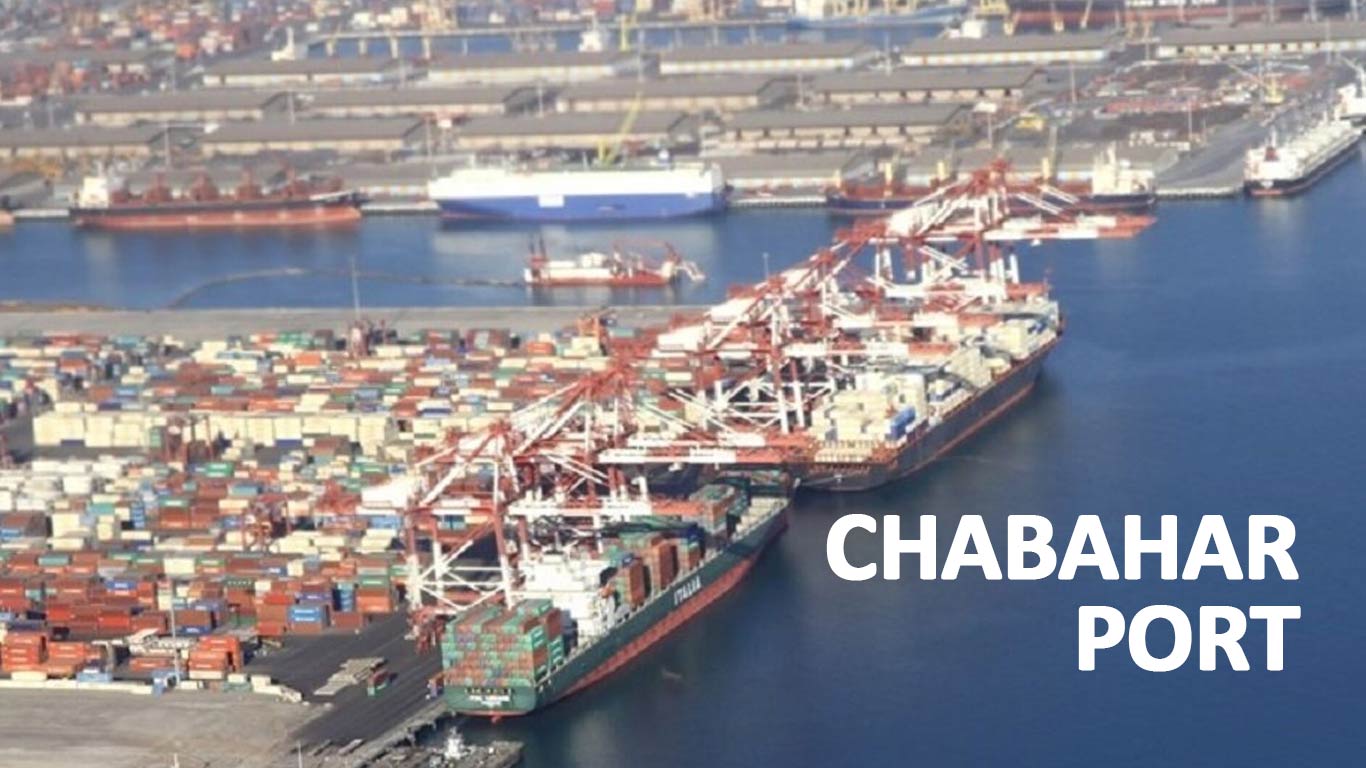





